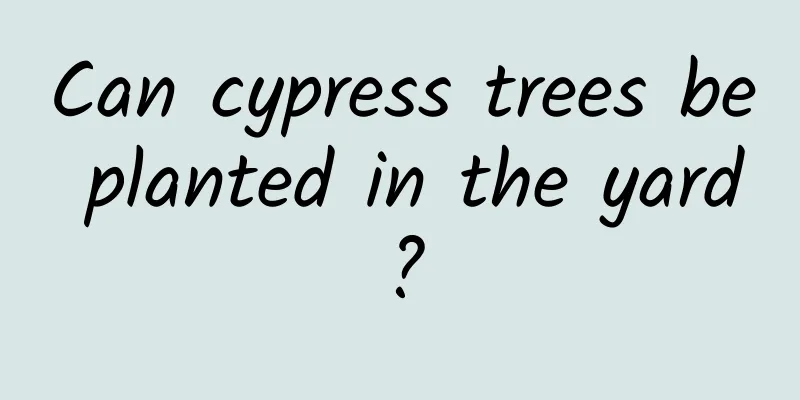Pomegranate pollination time and method

Pomegranate PollinationPomegranate pollination is generally carried out through insect pollination or wind pollination, and artificial pollination usually has a higher success rate. Pollination can be carried out in stages. Every 1 to 2 days during the flowering period, use a brush to dip a little pollen and gently apply it to the stigma of the blooming female flower. Best time to pollinate pomegranatesPomegranates can be artificially pollinated from early May to early June, and pollination is best done between 8 and 11 am in clear weather. Pomegranate Pollination MethodWhen the weather is clear, you can use a brush to brush the stamens of the male flowers a few times, and then put the pomegranates into the female flowers for artificial pollination. Use a brush to dip pollen from male flowers that are blooming and shedding pollen. When the tip of the brush is full of yellow pollen, then use it to pollinate female flowers. Each time you collect pollen, you can pollinate 7 to 10 flowers. If you don't have a brush, you can also remove the petals of male flowers that are blooming and shedding pollen, and touch the stigma of the male flower to the stigma of the female flower to achieve the purpose of pollination. |
<<: Time and method of Hami melon pollination
>>: Which month is best for cutting white jasmine?
Recommend
Is it good to water flowers with fish tank water? Advantages and precautions of using water from fish tanks to water flowers
People who grow flowers also like to raise fish. ...
How to propagate peony and what to pay attention to
How to propagate peony flowers There are three wa...
How to grow geraniums to make them more vigorous?
Geranium is also known as "foreign hydrangea...
When is the best time to prune Bauhinia?
Pruning of Bauhinia Bauhinia has a strong adaptab...
Can I fertilize orchids in June? (Experiences in watering and fertilizing orchids)
Complete experience of watering and fertilizing o...
How to grow pineapple flowers
1. Selection of potting soil A well-drained subst...
Why do some people say that raw fertilizers cannot be used for growing flowers (harms of growing flowers with unfermented and decomposed organic fertilizers)
What is raw fertilizer Usually, what we call raw ...
How to care for azalea bonsai and what to pay attention to
Feng Shui meaning of azalea bonsai Azalea bonsai ...
Common diseases and pests of holly and their control
Common diseases of holly Leaf spot The symptoms a...
How to grow dwarf asparagus fern to make it short and strong
1. Add less fertilizer If it is still a seedling,...
Winter care for roses
Fine trimming In late autumn and early winter, wh...
Diseases and prevention methods of the flower dance
Common diseases of the flower dance: Anthracnose ...
How many years does it take for the golden marble to bear fruit?
Golden marble is a very good potted plant for hom...
When and how to plant chrysanthemum
Planting time of Artemisia selengensis The best t...
What to do if aloe leaves become soft
Too much light When growing aloe vera, it needs t...









